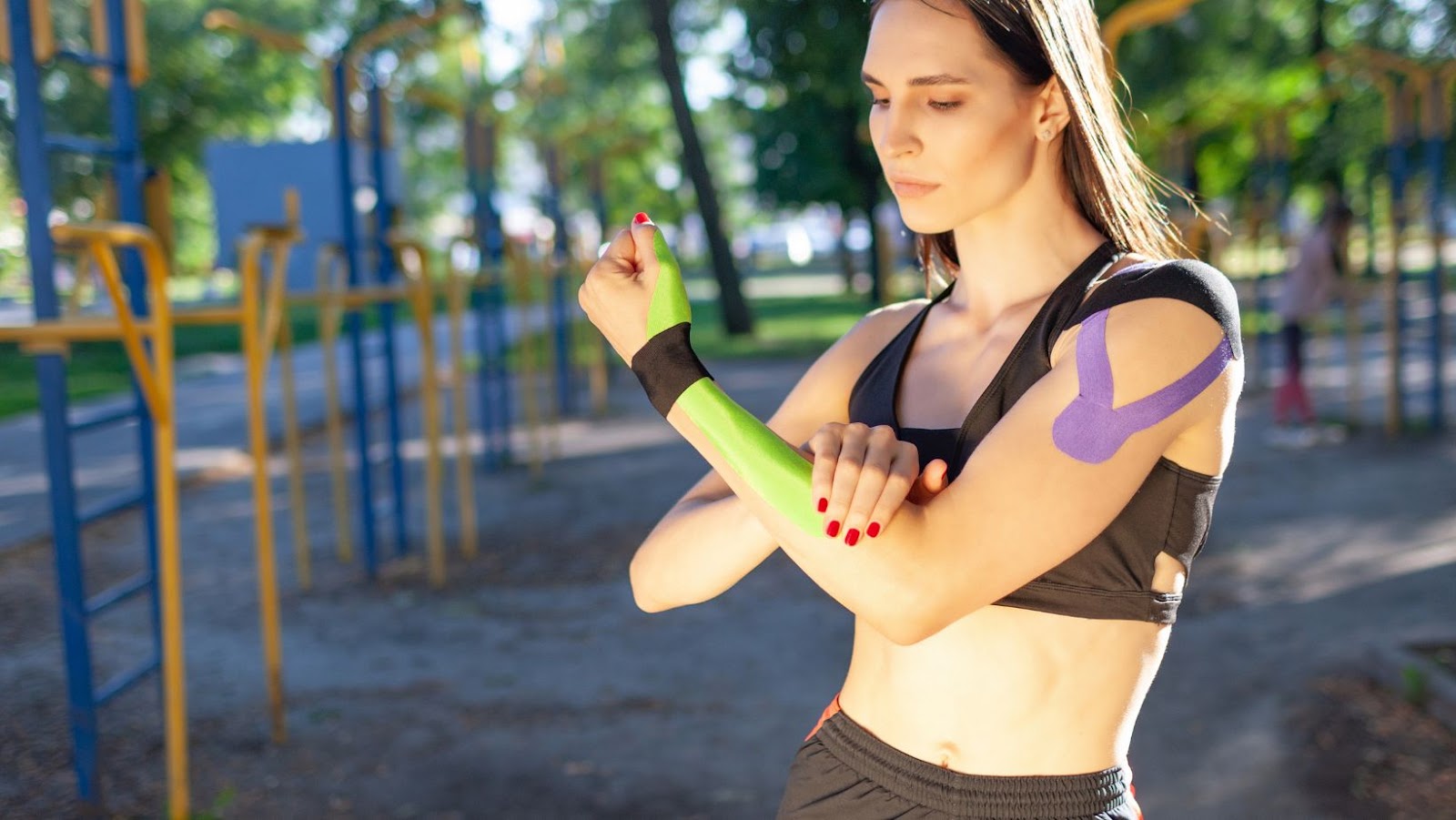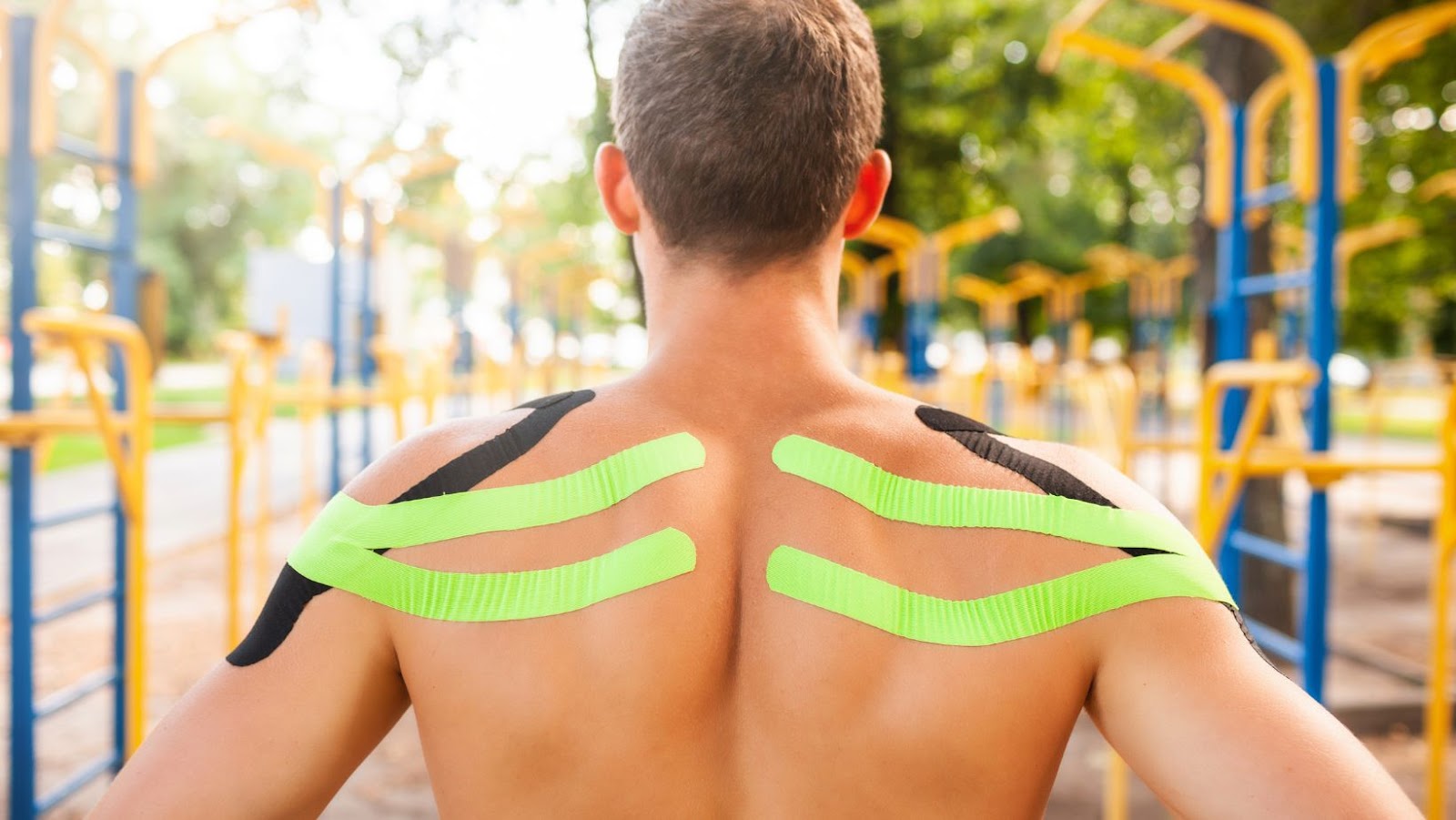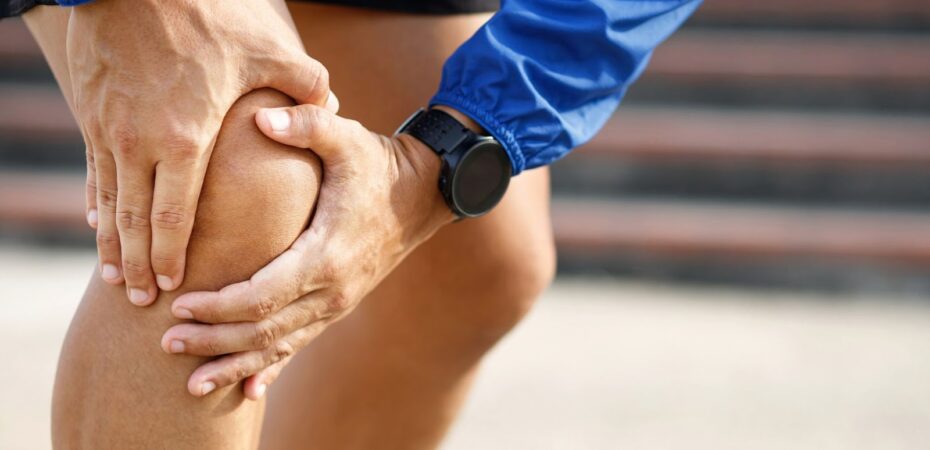It’s game time! In order to establish themselves as a top contender during the first few rounds of the season, players are hitting the ground harder, quicker, and more intensely than ever as sports teams around the state begin their respective sporting seasons.
It’s crucial that safety measures are taken at the start of each new sporting season, coaches don’t push their teams past their physical limits, and that first aid protocols are established to deal with frequent sports injuries when they happen. Acquiring CPR certifications can be an essential step in ensuring that athletes, coaches, and staff are prepared to handle medical emergencies on the field.
And if you want to run the extra mile, learning emergency first aid and CPR from a certifying training provider could prove to be a life-saving skill for your life and others.
Players in football, rugby, soccer, and netball are all susceptible to the same common sports injuries.
Most Common Sports Injuries
Overuse, direct collision, or the application of force larger than the body part can physically withstand are the main causes of sports injuries. Sports injuries are classified as either acute or chronic. An acute injury is one that happens suddenly, such as an ankle sprain brought on by a poor landing.
Overusing muscles or joints repeatedly might result in chronic ailments. Chronic injuries can also be a result of poor technique and structural discrepancies. Any sports injury requires a medical examination since you might be harmed more than you realize. For example, what appears to be an ankle sprain may actually be a bone fracture.
Additionally, it’s beneficial to be prepared for emergencies by undergoing CPR training, which can provide crucial skills to respond effectively in the event of serious injuries during sports activities.
Types of Sports Injuries
The following are some of the most typical sports injuries:
- Ankle Sprain: Symptoms of an ankle sprain include pain, stiffness, and swelling.
- Bruises: A hit may result in minor skin bleeding.
- Concussion: It is a mild, treatable brain injury that results from a blow to the head and may be accompanied by unconsciousness. Symptoms are headache, lightheadedness, and short-term memory loss.
- Falls: These are frequently the cause of cuts and abrasions. The hands and knees are especially vulnerable during a fall.
- Heat exhaustion and heat stroke: It can result from dehydration, which is the loss of too much fluid.

- Damage to the teeth: A blow to the jaw can shatter, break, or knock teeth out of place.
- Groin Strain: Pain and swelling are two indications of a groin strain
- Hamstring strain: Pain, swelling, and bruising are some of the signs of hamstring pain
- Knee Joint Injuries: Injuries to the knee joint can cause pain, swelling, and stiffness. The cartilage, tendons, or ligaments may be impacted.
- Nose Injuries: A direct hit to the nose might result in broken or bloody noses.
- Stress Fractures: These occur majorly in lower limbs. Repeated running or jumping on hard surfaces might eventually cause a bone to become stressed and break.
First Aid for Joint Ailments, Sprains, and Strains
To stop additional injury, suggestions for prompt treatment of sprains, strains, and joint ailments include:
Rest; during 48–72 hours, support the wounded area and refrain from usage.
Ice – for the first 48 to 72 hours, apply ice to the damaged area for 20 minutes every two hours.
Apply a firm elastic bandage above and below the sore location to compress the area.
Elevation means to keep the damaged area elevated above the level of the heart.
Referral: See a doctor as soon as you can.
No Heat: Heat will make bleeding worse.
No Alcohol since it makes bleeding and swelling worse.
No Running because it increases blood flow, which slows healing.
No Massages because they speed up bleeding and swelling while also delaying healing.
10 Things You Must Have in Your Sports First Aid Kits
- Instant Ice Pack
- Alcohol Wipes
- Crepe Bandages
- Disposable Gloves
- Antiseptic Cream Sachets
- Saline Pads
- Eye Pad
- Triangular Bandage
- Wound Dressings
- Rescue Blanket
Things to Remember
Players, coaches, trainers, and sports clubs must all work together to ensure that their team is in top physical shape and isn’t overworking themselves to the point where they are endangering their health.

Preseason workouts are a chance to get the body ready and make sure each player is capable of withstanding hard impacts, powerful falls, and unexpected twists and turns. In order to avoid unneeded harm, the body can adapt, strengthen, and defend itself from what lies ahead throughout the sporting season with enough preseason preparation.
Many common sports injuries, on the other hand, are caused by unpreventable reasons such as tackles, falls, and jarring, all of which are significant aspects and frequent incidents in the game. There isn’t much that can be done to prevent many common sports injuries, which is why it’s crucial that coaches, trainers, and clubs are ready to administer first aid when an injury happens.
The extent of damage from common sports injuries can be significantly impacted by how quickly competent First Aid is administered. Making sure that your team is First Aid equipped will give them the best chance to play a successful season and win!


 By
By 








